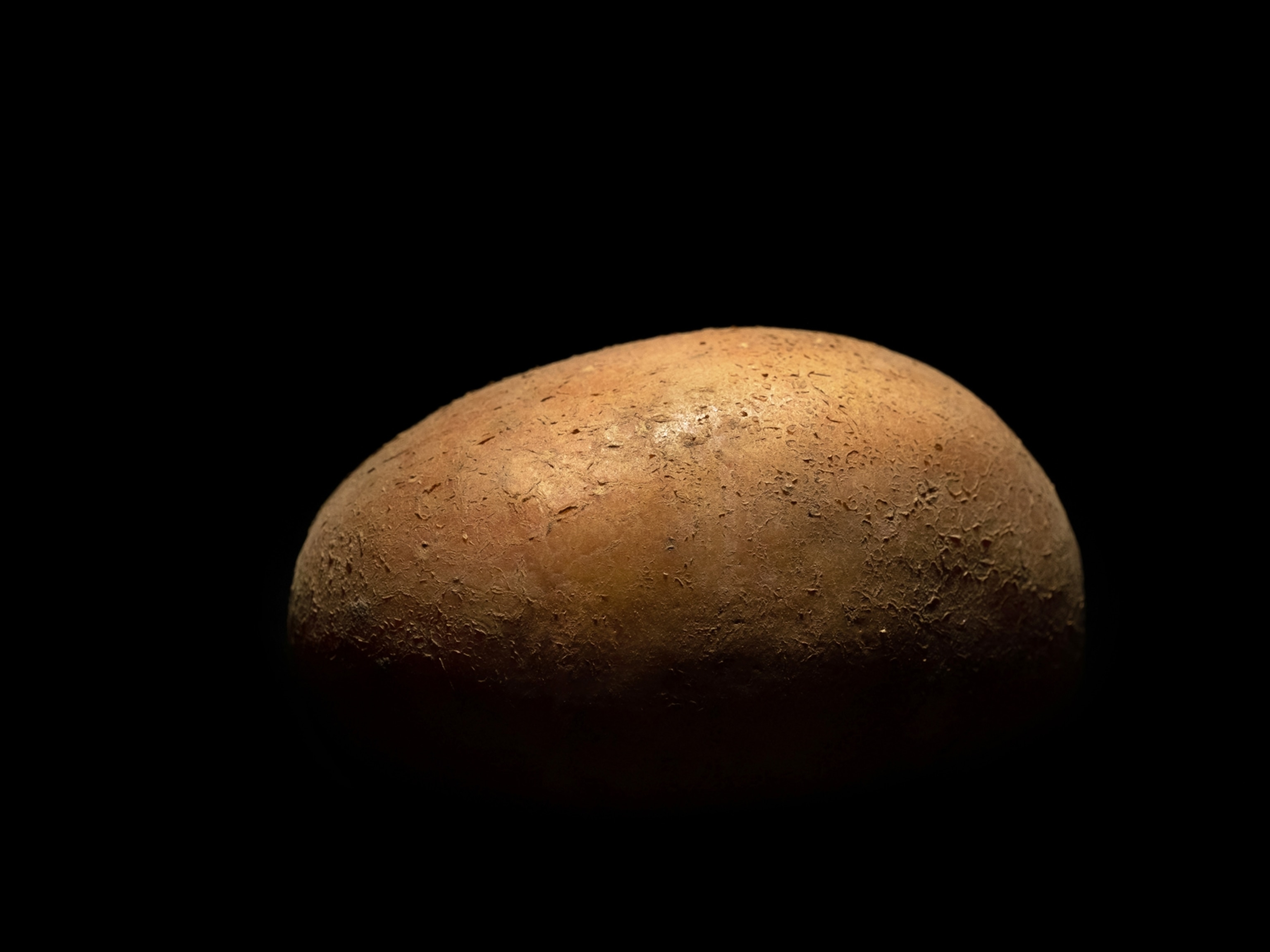
Oldest North American Rock Art May Be 14,800 Years Old
Nevada petroglyphs could date back to the first peopling of the Americas.
Ancient symbols etched onto the sides of boulders lying along the western edge of a desiccated lake in Nevada are the oldest confirmed rock carvings in North America—possibly dating back to the first peopling of the New World, scientists say.
The so-called petroglyphs, carved in soft limestone millennia ago, range from simple lines, pits, and swirls to more complex and ambiguous shapes that resemble diamonds, trees, flowers, and veins in a leaf. They range from about 8 inches (20 centimeters) up to about 3 feet (1 meter) in width.
In a new study, published in this month's issue of the Journal of Archaeological Science, geochemist Larry Benson and his team concluded that the petroglyphs, located about 35 miles (56 kilometers) northeast of Reno at Winnemucca Lake, are at least 10,500 years old, and perhaps as much as 14,800 years old.
"Whether they turn out to be as old as 14,800 years ago or as recent as 10,500 years ago, they are still the oldest petroglyphs that have been dated in North America," Benson, who is at the University of Colorado Natural History Museum in Boulder, said in a statement. (See video of rock art in Arizona.)
Clues in Carbonate
To date the petroglyphs, Benson and his colleagues began by figuring out just when they could have been made.
Though Winnemucca Lake is dried up now, it was once so full of water that the boulders upon which the petroglyphs are etched were submerged.
As the water levels slowly dropped, crusts of a mineral called carbonate formed on the boulders. Radiocarbon testing of these carbonate layers revealed them to range in age from about 14,800 to 10,300 years old.
The carbonate ages, combined with an analysis of sediment cores taken from neighboring Pyramid Lake, suggest that the boulders were exposed to air—and thus accessible for carving by humans—between about 14,800 to 13,100 years ago, and again from about 11,300 to 10,500 years ago. In between the two time periods, the boulders were submerged, the scientists say.
It's unknown what method was used to create the petroglyphs, but one possibility is the artists used hard volcanic rock to chip away at the carbonate, which is porous and relatively soft, said Benson, who conducted the dating research while with the U.S. Geological Survey.
As a result, the rock art would not have taken very long to carve, but "whether all of them were done within a short period of time or over a span of hundreds of years, I don't know," Benson said in an interview on Wednesday.





